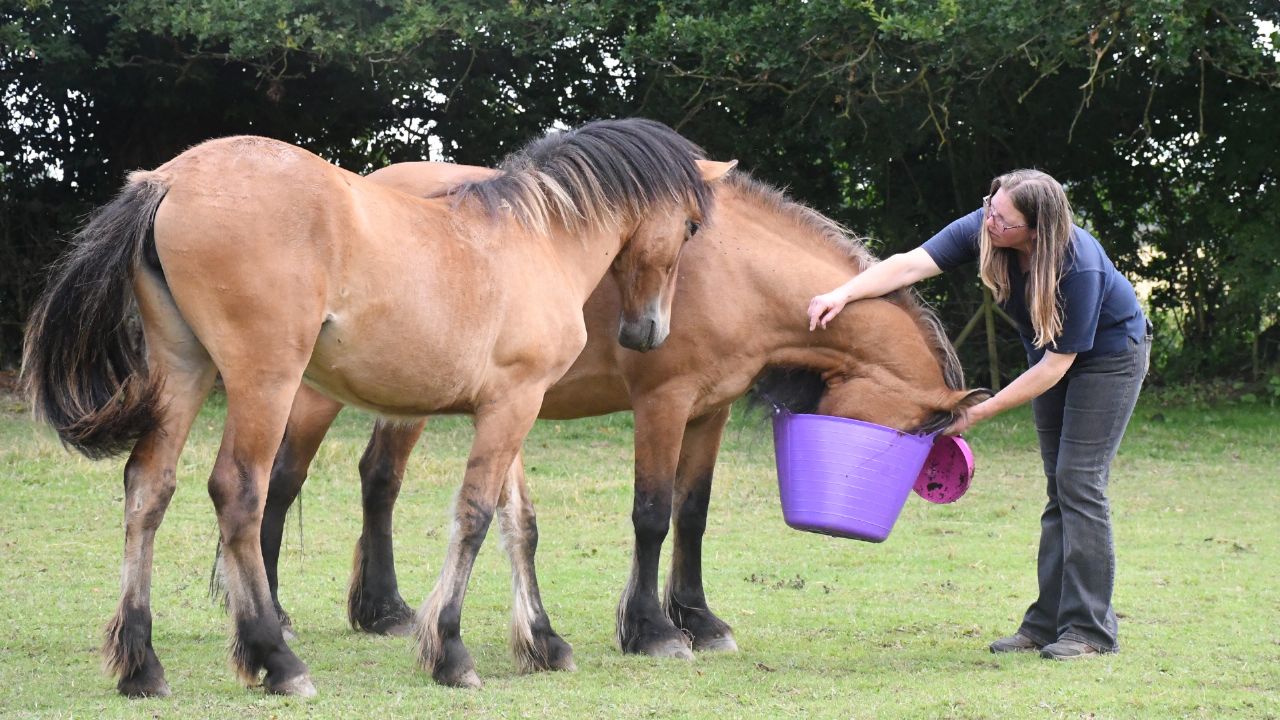10 years of Simple System HayCare!
During its 10 years so far, it has become apparent that HayCare is so much more than a hay replacer...

When should I wean my foal?
At this time of year, you may be looking to buy a foal and experience the joy of bringing on a youngster. Although it is traditional to wean at 6 months, this is actually too early. The foal’s important gut microbes are not fully up and running until the foal is 7.5 months old. In nature, weaning may not take place until the following early spring. If you are thinking of buying a foal – or indeed are breeding for yourself – please do not be tempted to wean too early.
The very best favour you can do for your foal is to delay weaning until at least 7.5 months. Yes, the mare many need additional feeding, especially going into autumn and winter. If she is in foal again, the next foal is not making heavy demand on her until the last 3 months. If the mare is getting thin, it is because she is not being fed sufficiently. Later weaning reduces the risk of separation anxiety developing, leads to less stress for mare and foal, results in a more confident foal and reduces weaning weight loss. Just think how challenging it must be for a foal to lose their dam, their friends and move to a new home with unfamiliar people.
Weaned foals need a nutritious diet and if they have been sharing their dam’s feed, this will enable them to get used to manger feed. Red Bag Grass Pellets, Lucie Nuts, a good forage balancer such as Stud Balance + and additional support for their gut microbes such as Traditional Brewers Yeast or Eclipse Recovery are all good choices at this time.
For more specific suggestions for your weaned foal, please contact our Feed Line team, info@simplesystem.co.uk or use our online enquiry form. You can also call us on 01728 604 008, during office hours.
During its 10 years so far, it has become apparent that HayCare is so much more than a hay replacer...
Grass has the potential to grow all year, which is different from many other plants. Certain things are necessary for this growth, but if they are not met, the grass will be dormant, waiting for conditions to improve.Â
Rain fall can trigger growth akin to a spring flush, especially if temperatures are high. Even whilst true spring may be in the past, the risk for those prone to laminitis will rise.